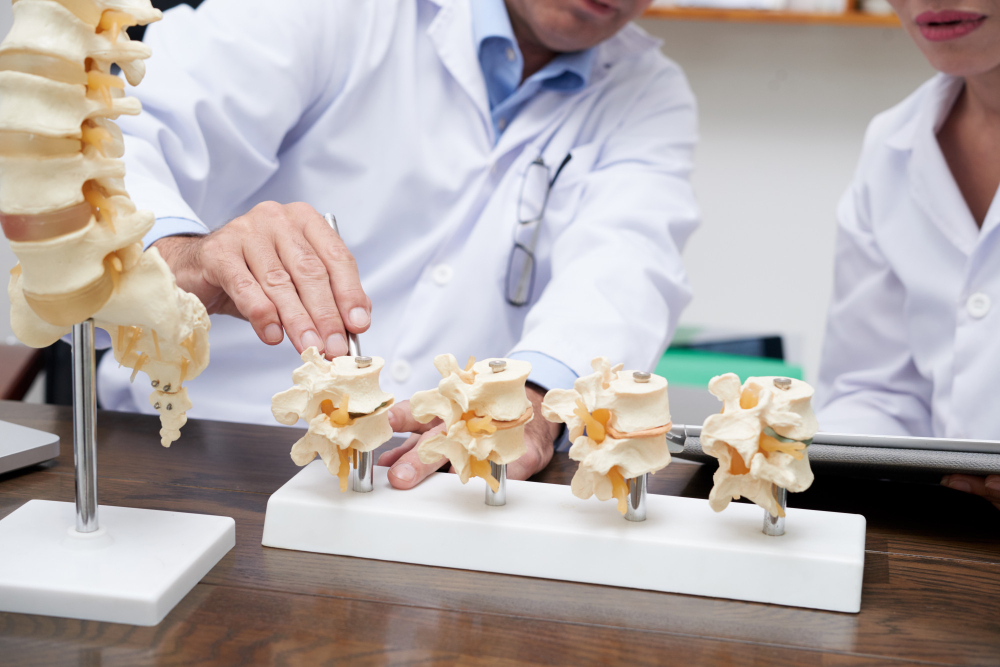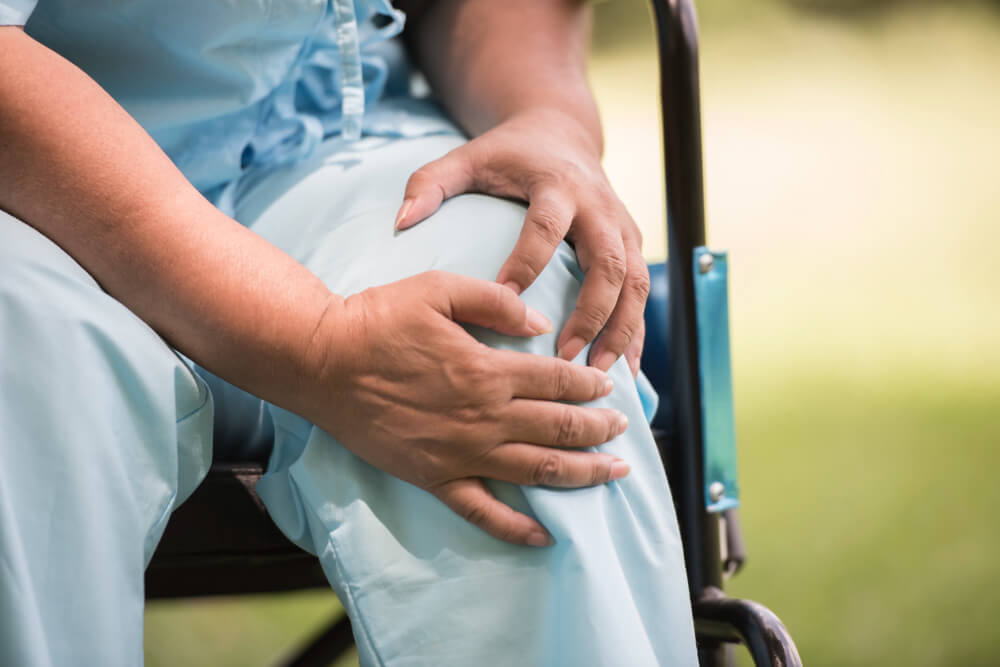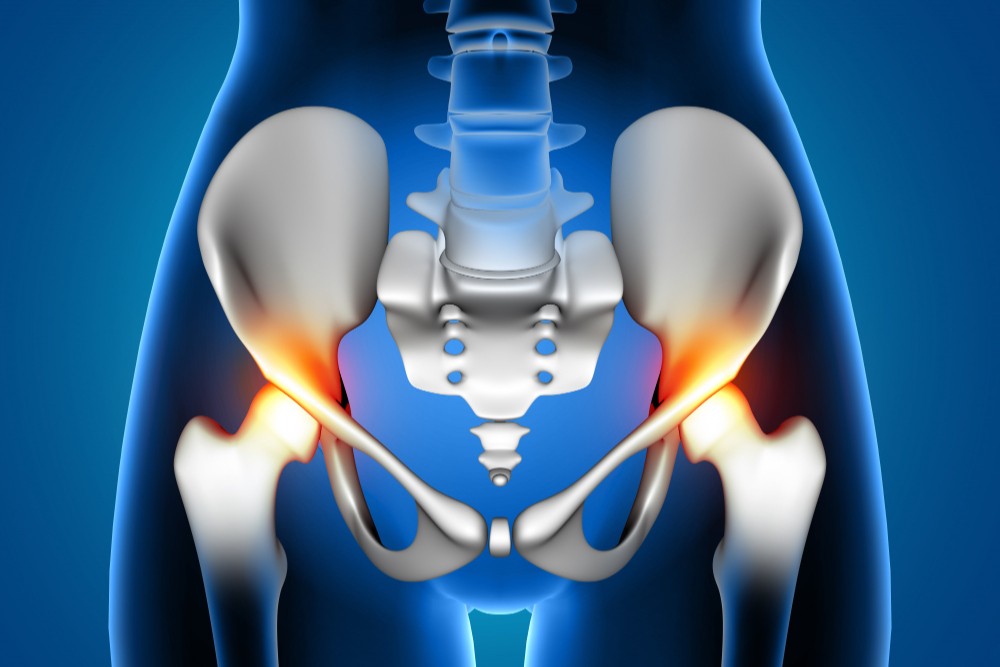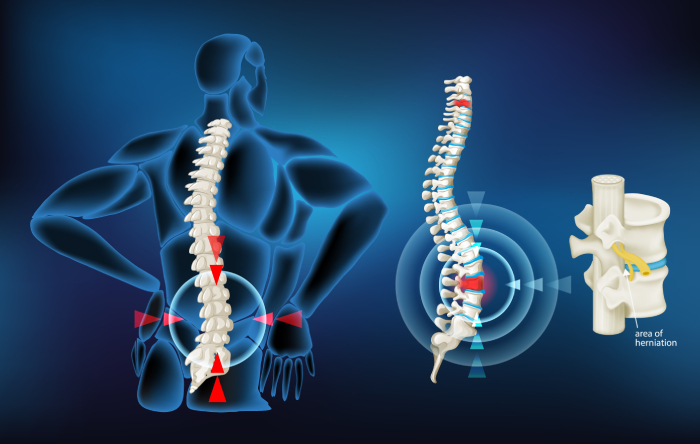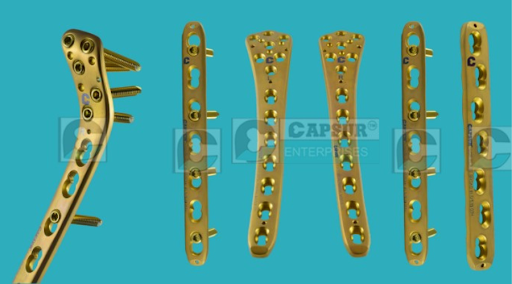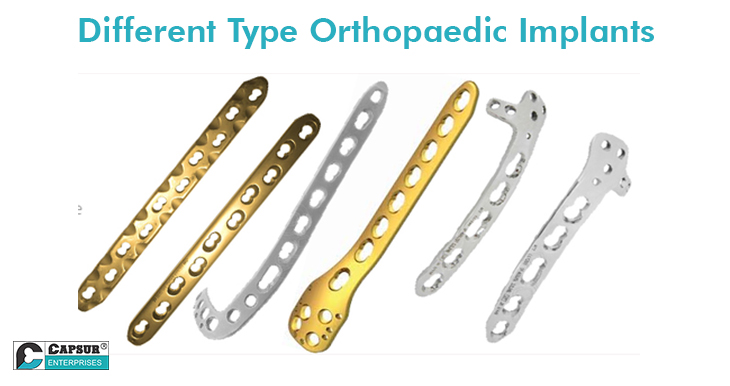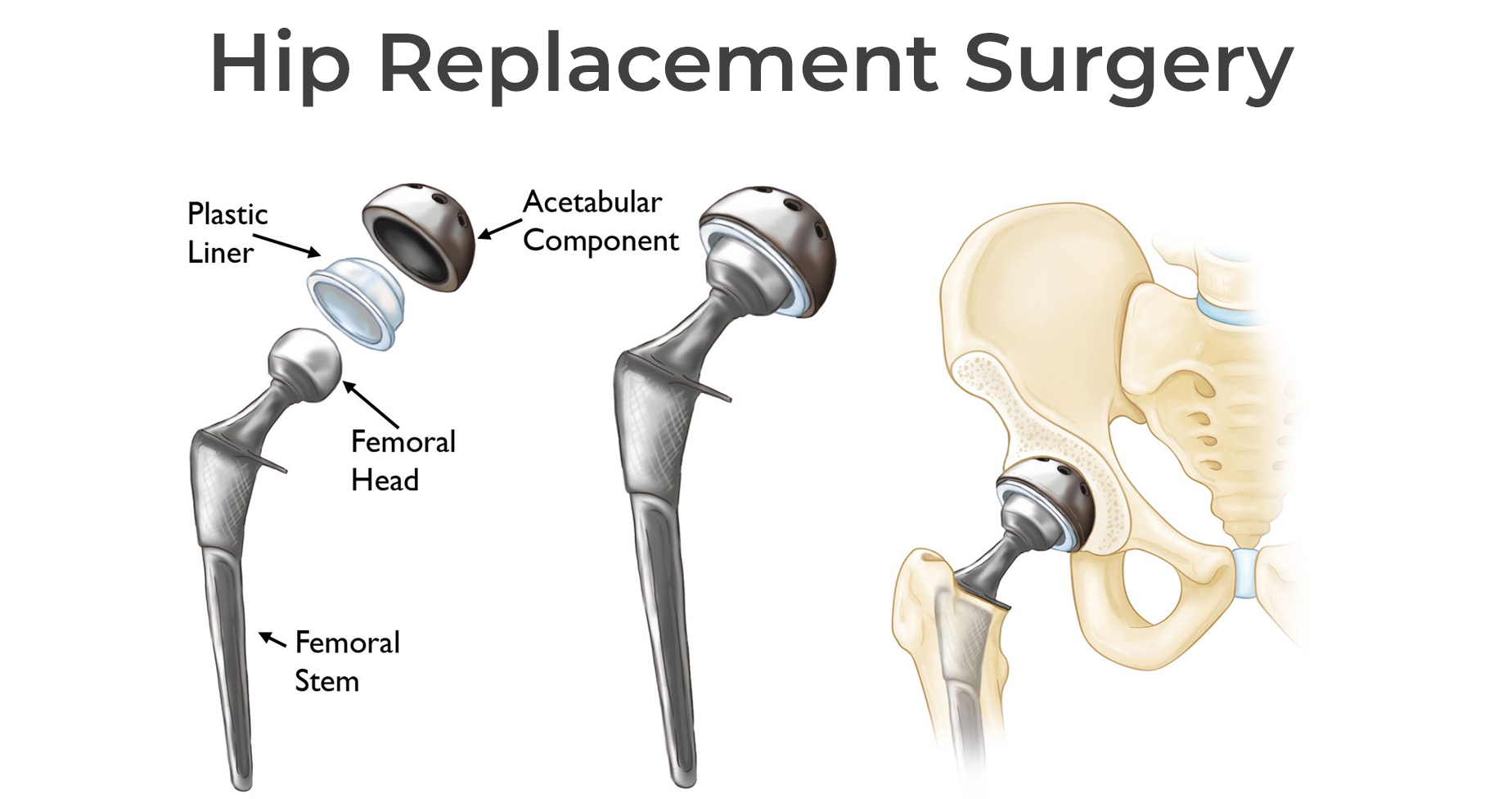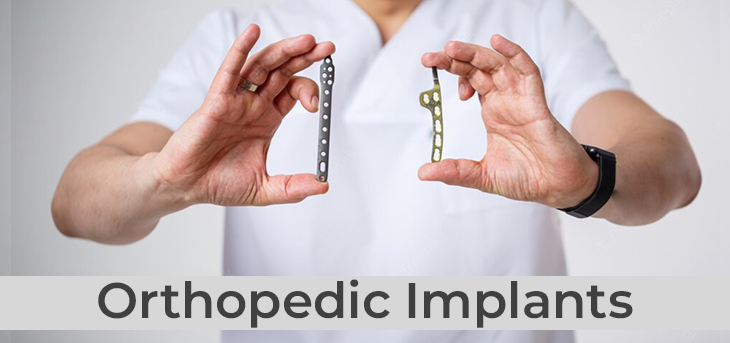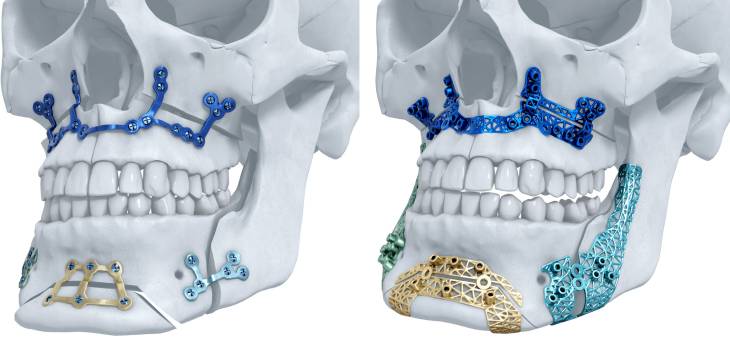Safeguarding Athletes from Orthopaedic Injuries – A Comprehensive Guide by Capsur Enterprises
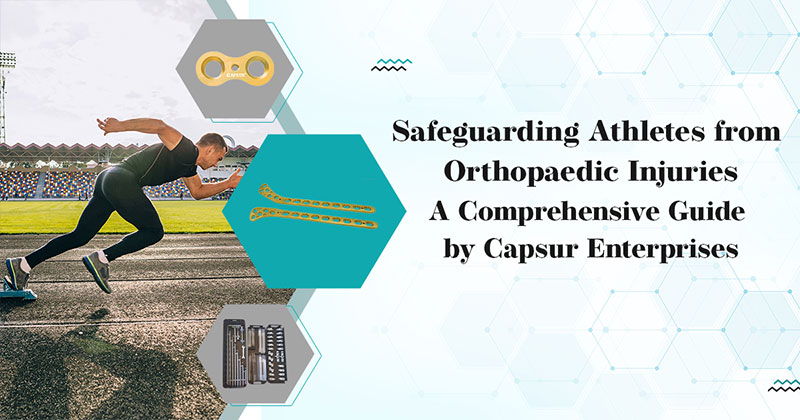
Introduction:
Orthopaedic injuries are an unfortunate part of an athlete's journey, impacting performance and long-term well-being. At Capsur Enterprises, we recognize the importance of preventing orthopaedic injuries to ensure athletes can thrive in their respective fields. In this informative guide, we'll delve into effective strategies and practices aimed at minimising the risk of orthopaedic injuries among athletes.
Understanding Orthopaedic Injuries:
Orthopaedic injuries encompass damage to the musculoskeletal system, involving bones, joints, ligaments, tendons, muscles, and supporting structures. These injuries can stem from accidents, sports-related incidents, falls, repetitive motions, or degenerative conditions. From minor sprains and strains to severe fractures, dislocations, and ligament tears, orthopaedic injuries manifest in various forms.
Prevention Strategies for Athletes:
Pre-Participation Medical Evaluations: Athletes should undergo thorough pre-participation medical evaluations conducted by qualified healthcare professionals. This helps identify pre-existing conditions, muscle imbalances, or structural issues, paving the way for personalised training programs and necessary interventions.
Appropriate Warm-up and Cool-down Routines:
Prioritising proper warm-up and cool-down routines is essential. Dynamic warm-ups enhance blood flow, flexibility, and nervous system activation, while cool-downs aid in transitioning the body from intense activity to a resting state, reducing the risk of muscle stiffness.
Progressive Training Programs:
Athletes benefit from following progressive training programs that gradually increase intensity, duration, and complexity. This approach allows the body to adapt, reducing the likelihood of overuse injuries. Incorporating variety, such as cross-training and rest days, promotes balanced muscle development.
Proper Technique and Form:
Mastery of proper technique and form is crucial for injury prevention. Working closely with qualified coaches or trainers ensures precise movements and optimal posture, minimising strain on joints and averting acute injuries.
Strength and Conditioning:
Developing a well-rounded strength and conditioning program is paramount. Strengthening muscles around vulnerable joints improves stability, reducing the risk of sprains, strains, and tears. Core stability exercises enhance overall body control.
Adequate Rest and Recovery:
Rest and recovery are integral components of any training program. Sufficient sleep facilitates tissue repair and hormone regulation, while active recovery techniques like stretching and foam rolling reduce muscle soreness.
Proper Nutrition and Hydration:
Maintaining a well-balanced diet and staying hydrated are key factors in injury prevention. Proper nutrition supports muscle recovery, strengthens the immune system, and ensures overall musculoskeletal health.
Injury Awareness and Early Intervention:
Athletes should be vigilant about potential injury signs and symptoms. Prompt attention from healthcare professionals specialising in sports medicine, along with appropriate rehabilitation, can prevent minor issues from escalating.
Common Orthopaedic Injuries in Athletes:-
Sprains:
Capsur recommends proper warm-up, strengthening exercises, and supportive braces or taping techniques to prevent ligament sprains, particularly in high-impact sports like basketball and soccer.
Strains:
Gradual progression in training intensity, adequate warm-up, and flexibility maintenance are emphasised by Capsur to prevent muscle strains, especially prevalent in running and explosive sports.
Fractures:
Protective gear, proper technique, and strength training are highlighted by Capsur to reduce the risk of fractures, common in high-impact sports like football and skiing.
Dislocations:
Capsur emphasises muscle strengthening, good body mechanics, and appropriate protective equipment to prevent joint dislocations, prevalent in contact sports.
Tendinitis:
Capsur recommends proper conditioning, gradual training progression, and sufficient rest to prevent tendinitis, common in sports involving repetitive motion.
Meniscal Tears:
Capsur advocates proper landing techniques, leg strength maintenance, and avoidance of excessive twisting motions to reduce the risk of meniscal tears in sports like soccer and basketball.
Stress Fractures:
Gradual progression in training, suitable footwear, and proper nutrition are suggested by Capsur to prevent stress fractures, common in high-impact sports.
Conclusion:
Capsur Enterprises is committed to empowering athletes with the knowledge and tools needed to prevent orthopaedic injuries. By implementing these strategies, athletes can safeguard their well-being, enhance performance, and enjoy sustained success in their sporting endeavours. As a trusted name in orthopaedic solutions, Capsur Enterprises prioritises the health and longevity of athletes worldwide.
28-12-2023

